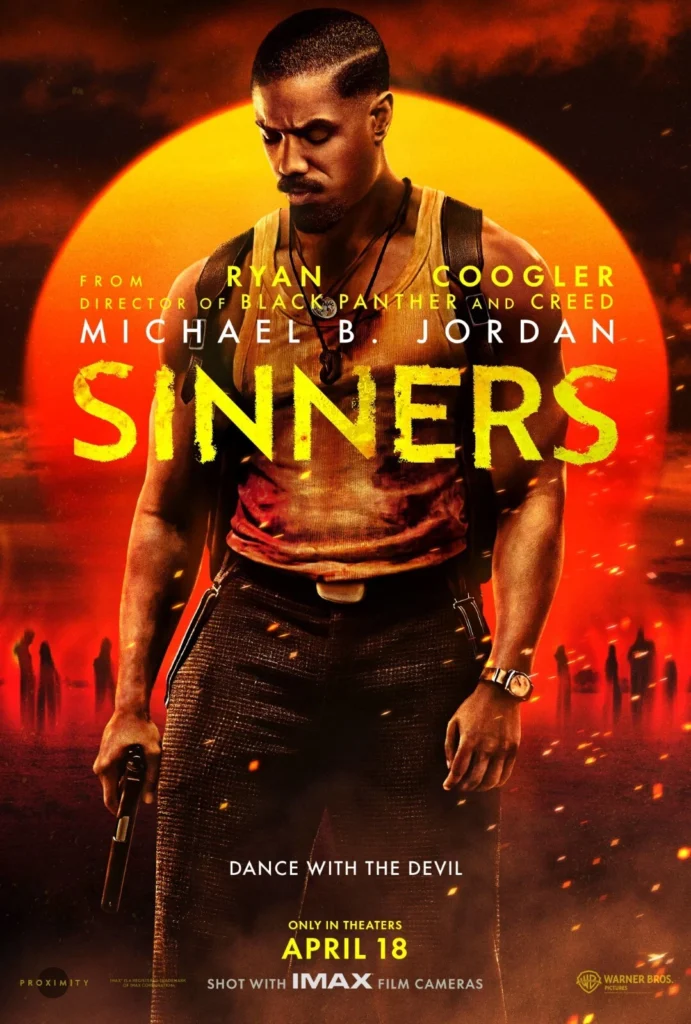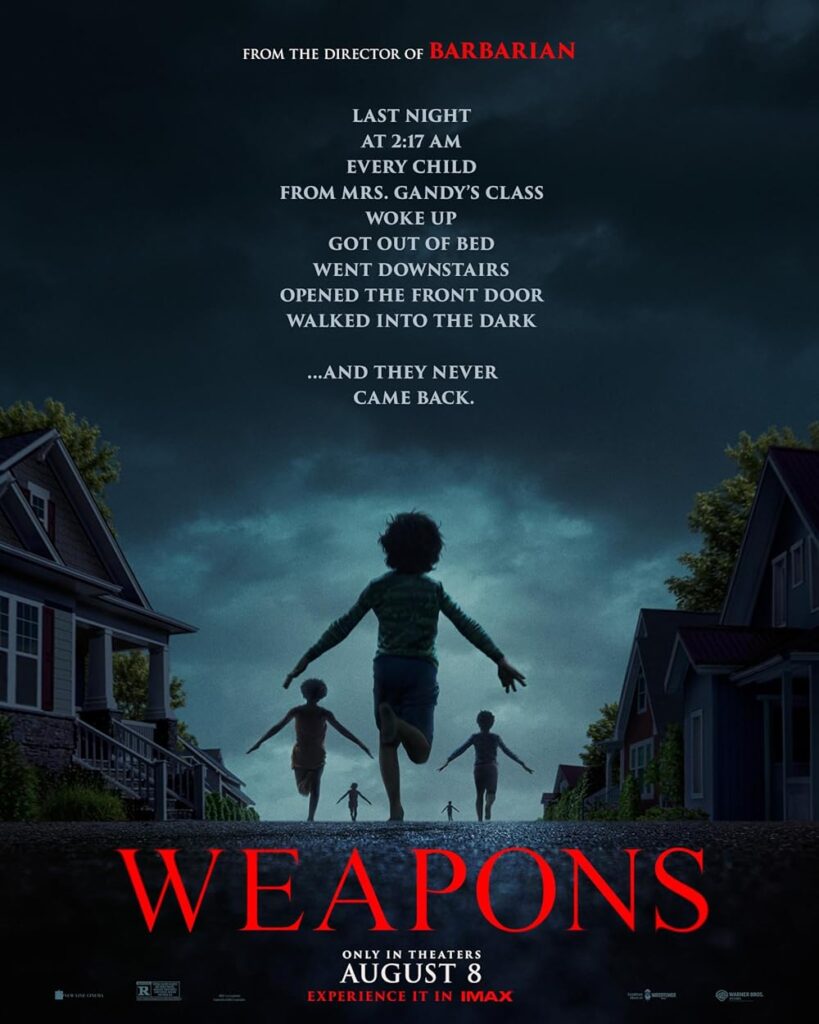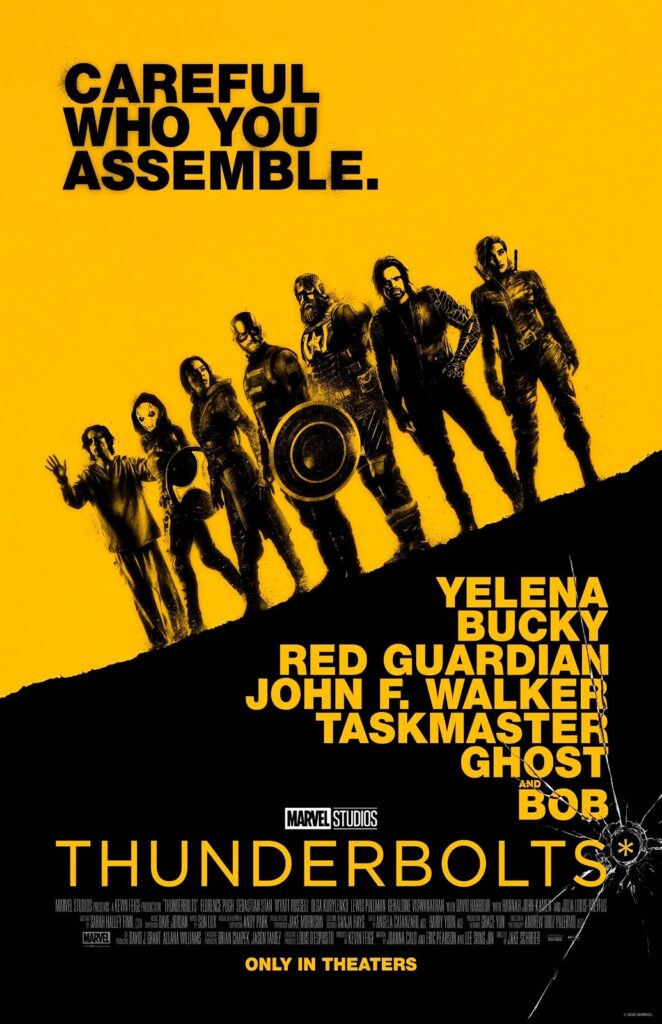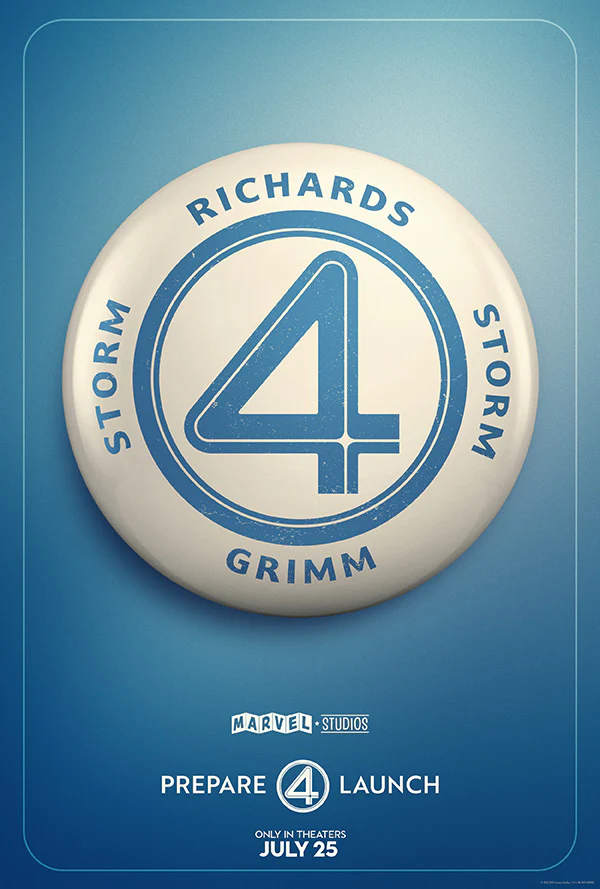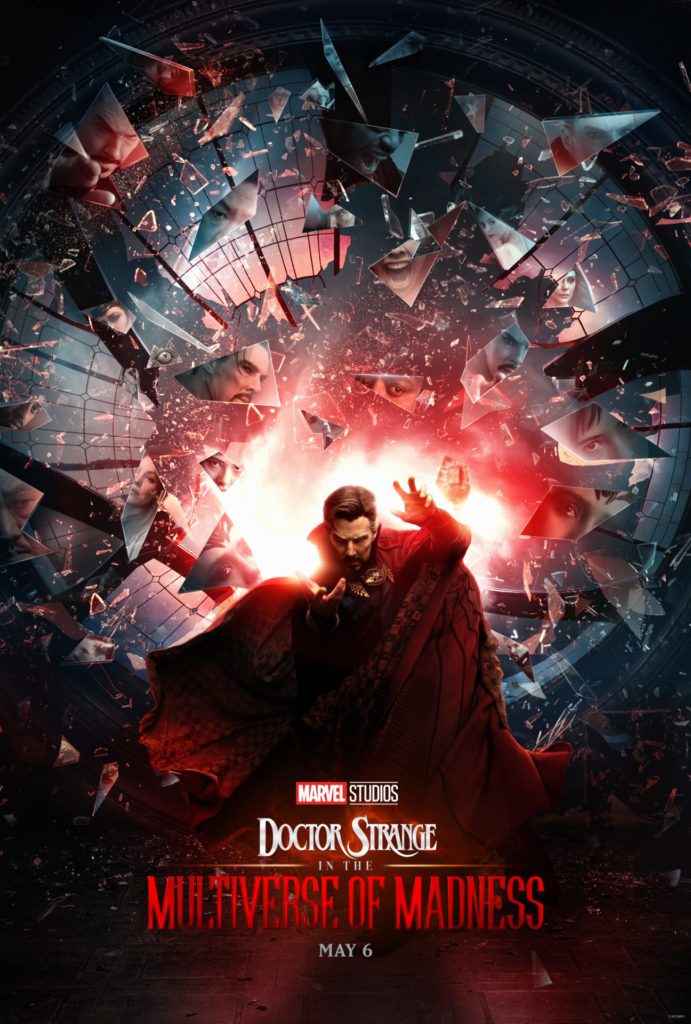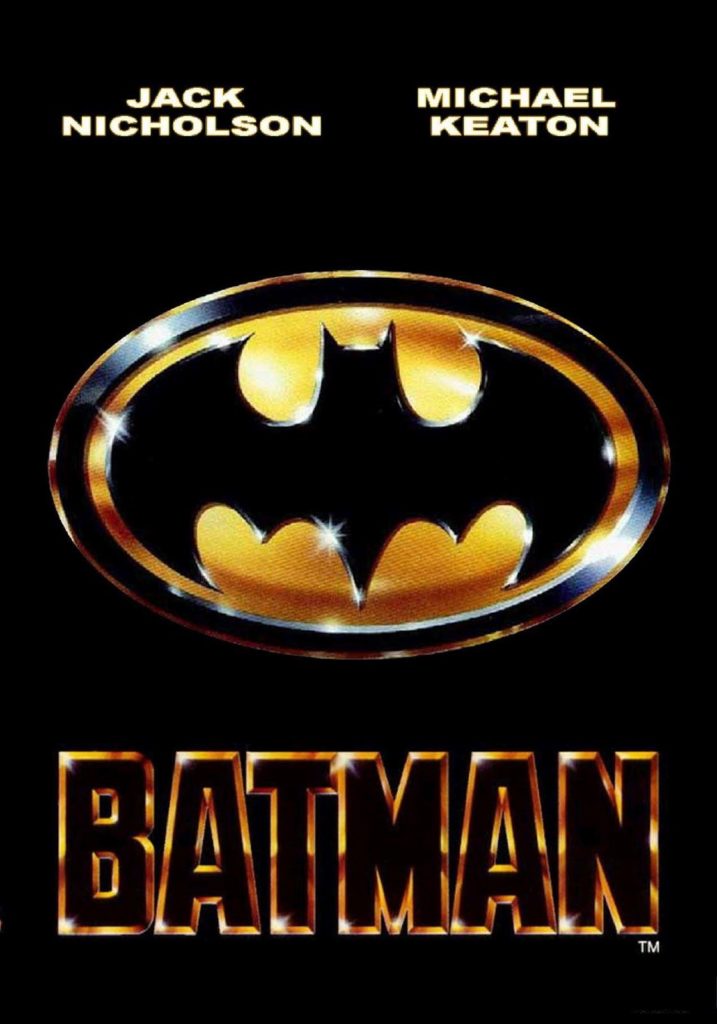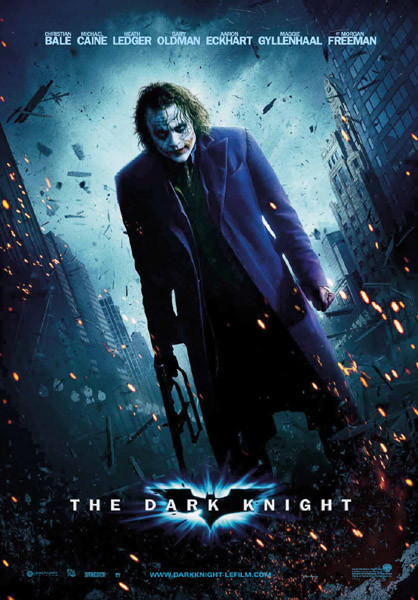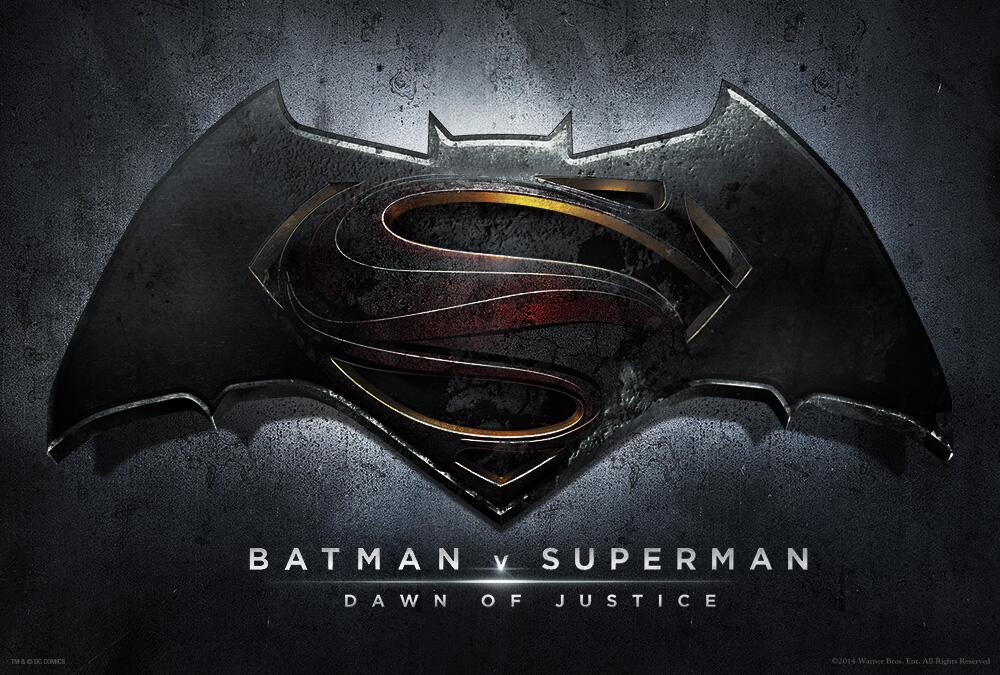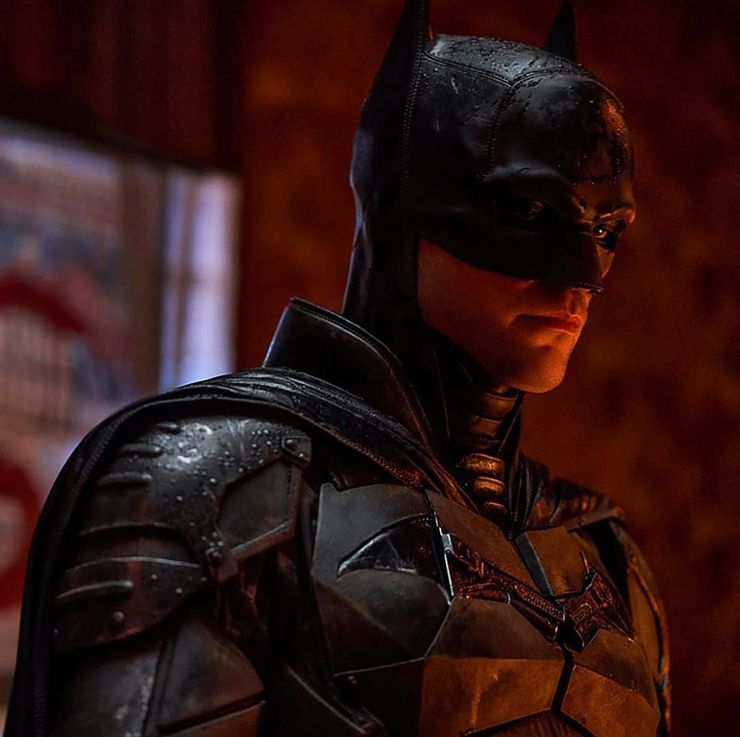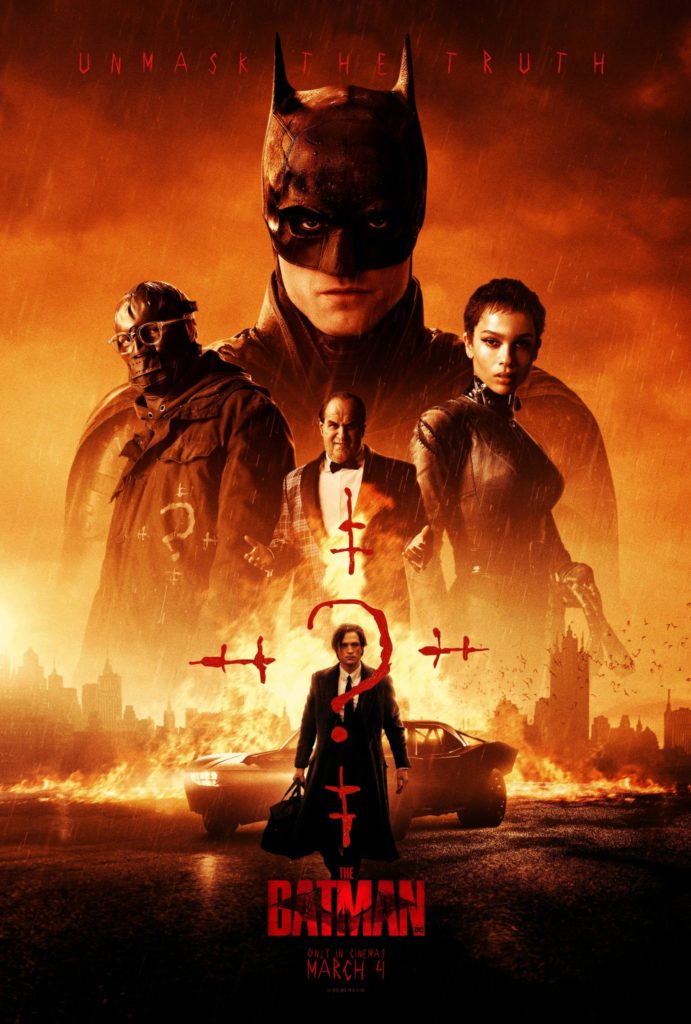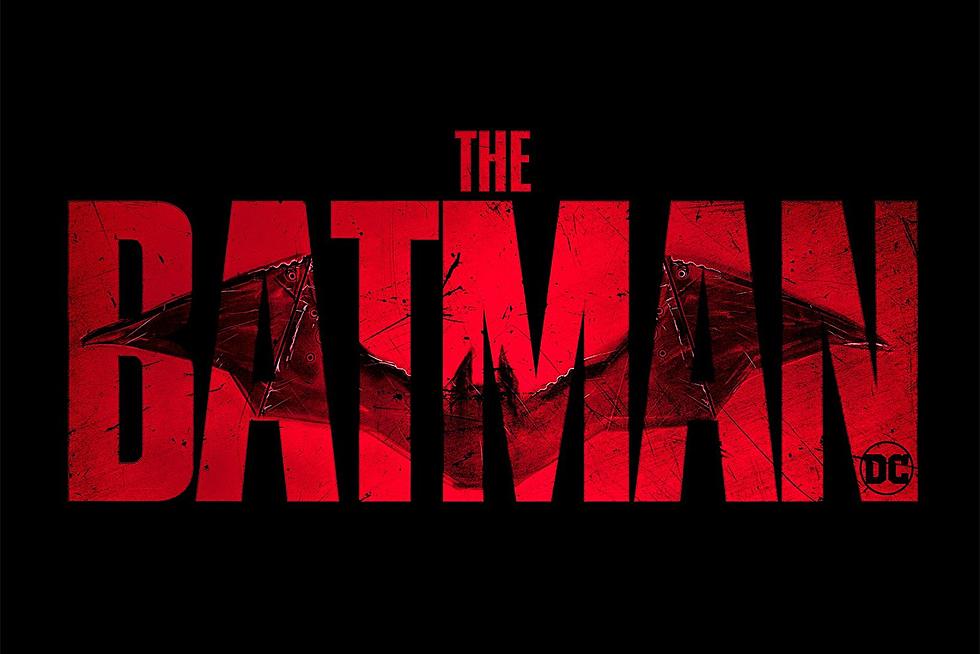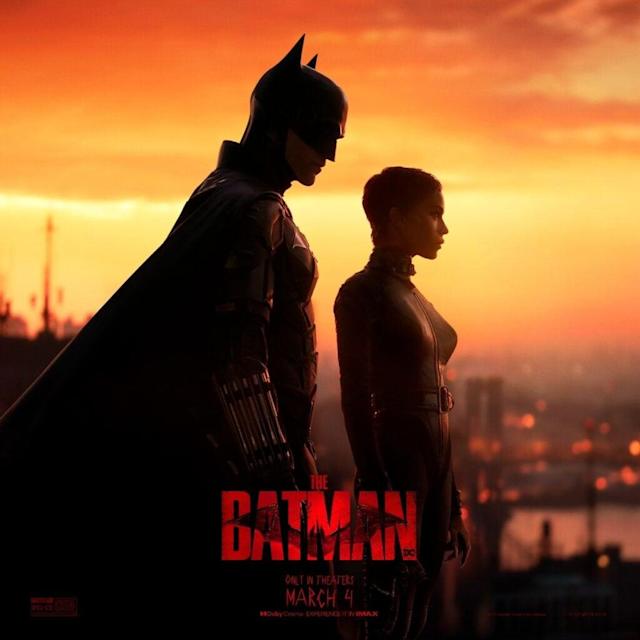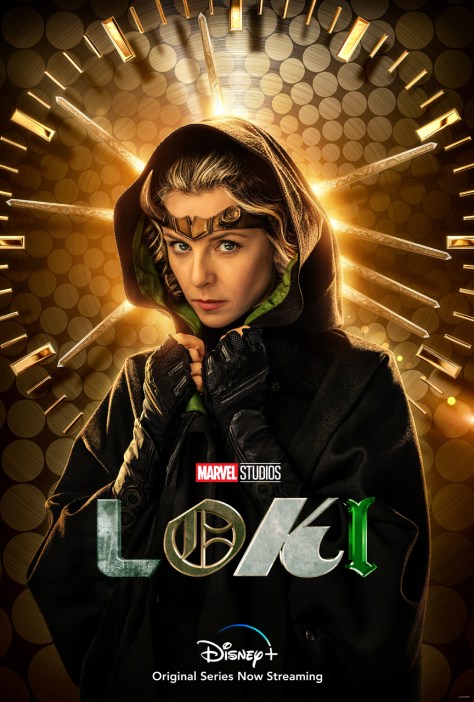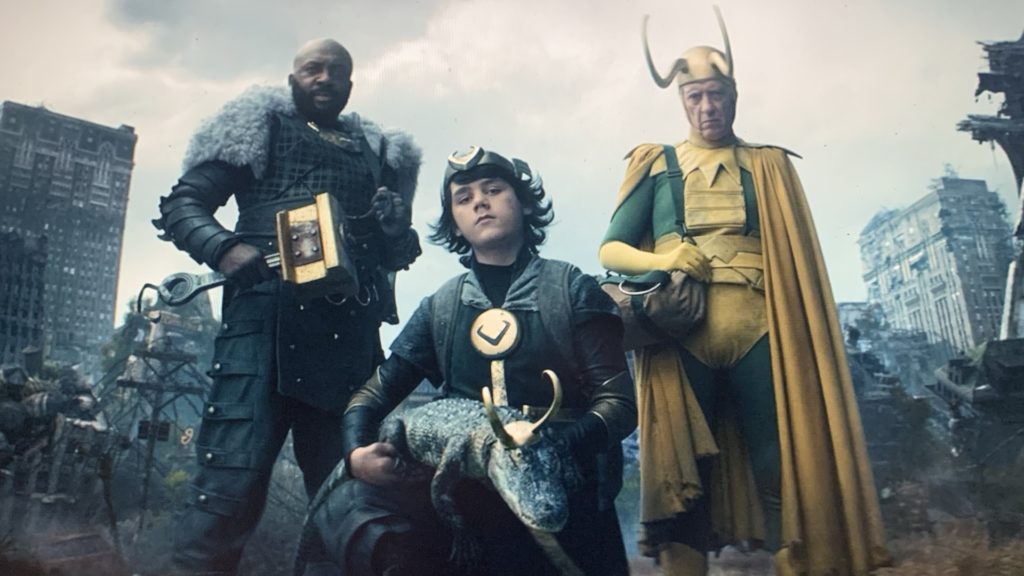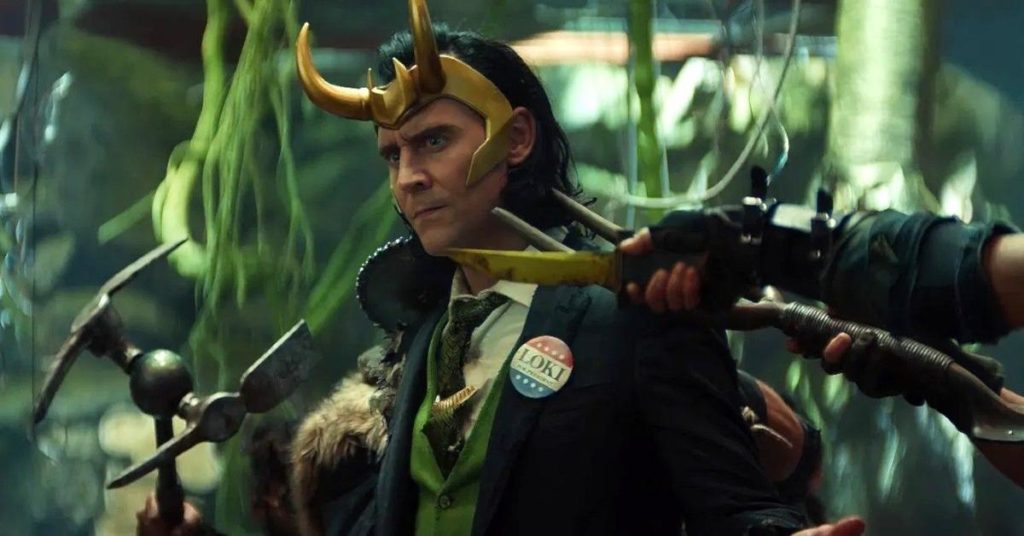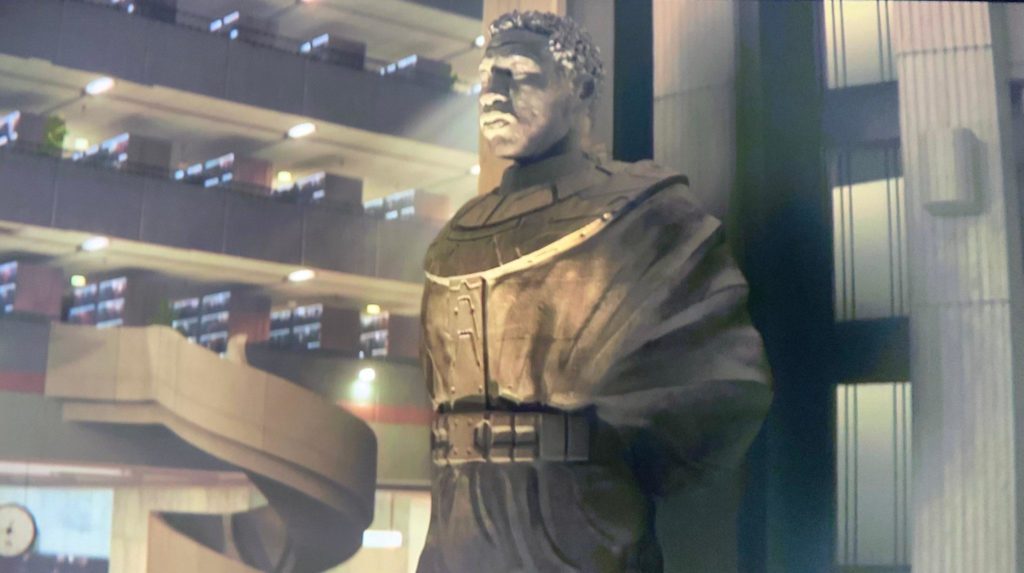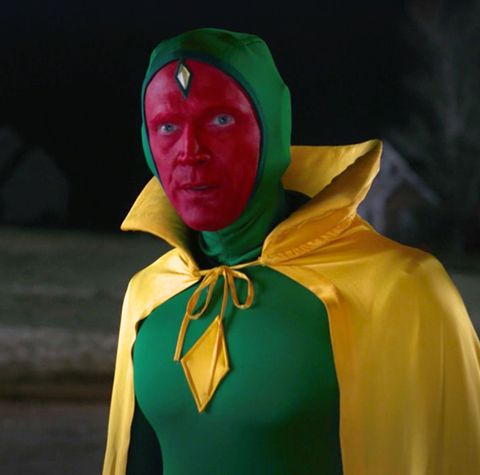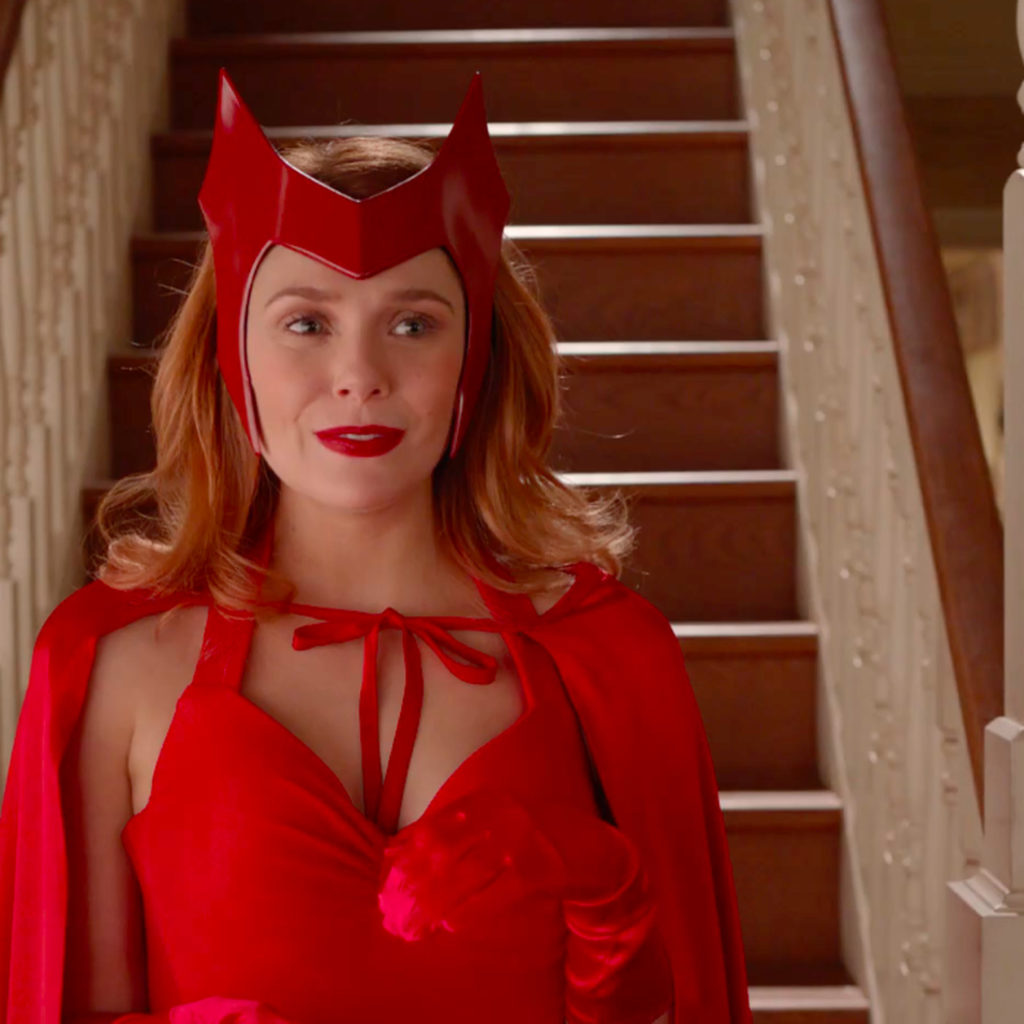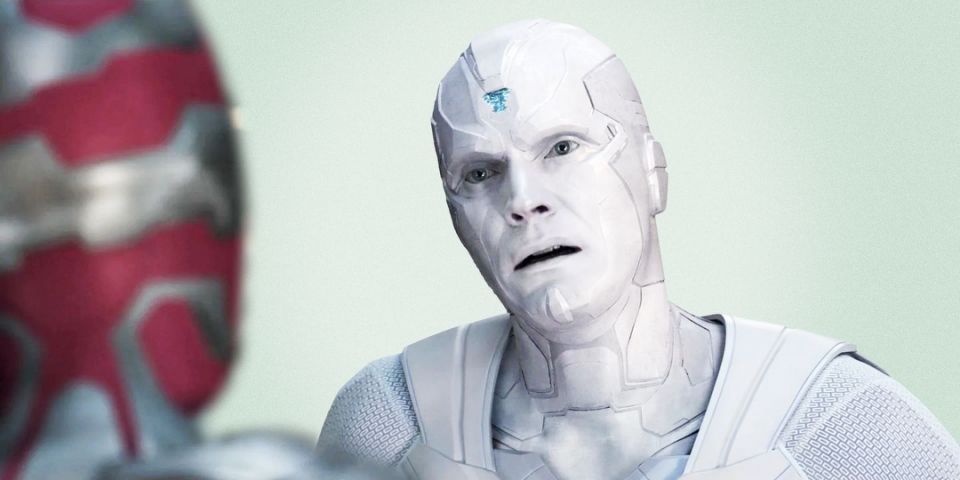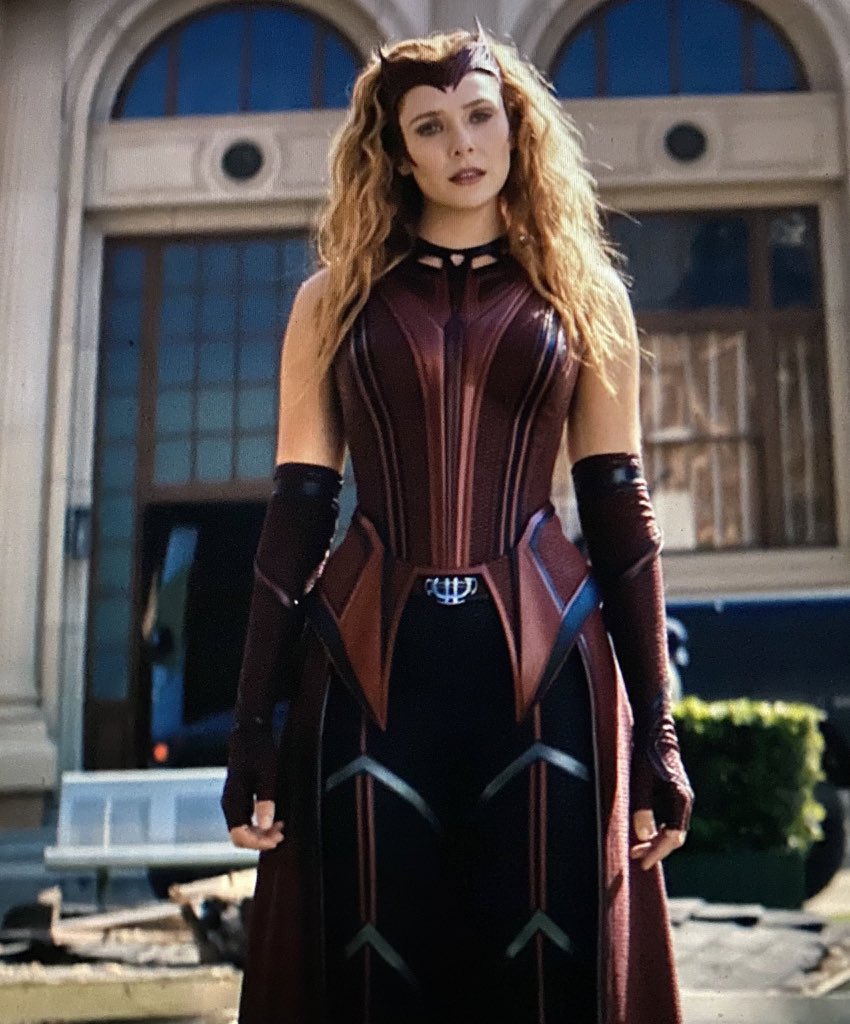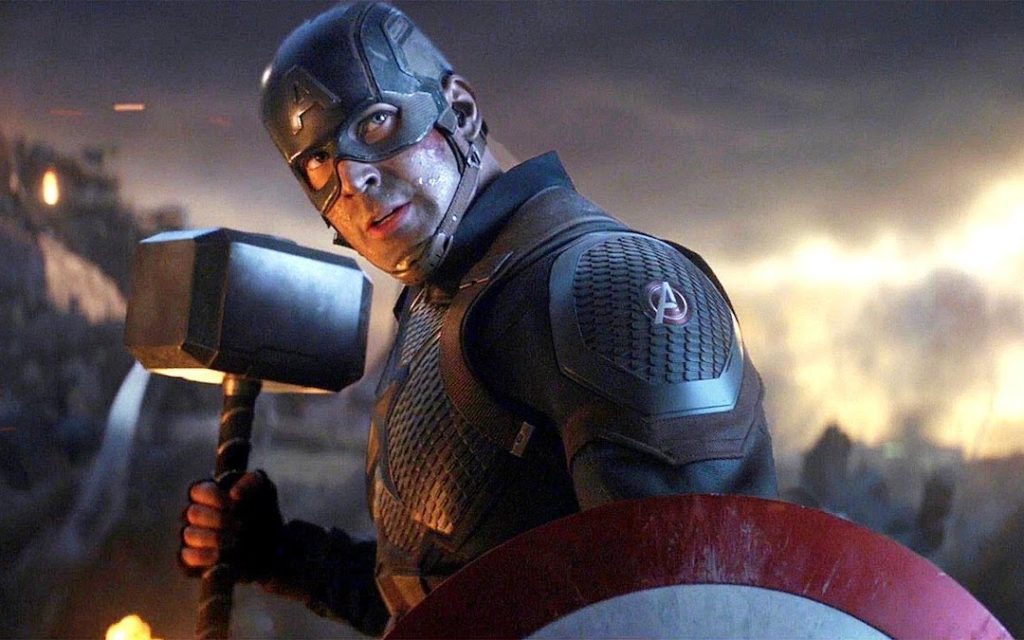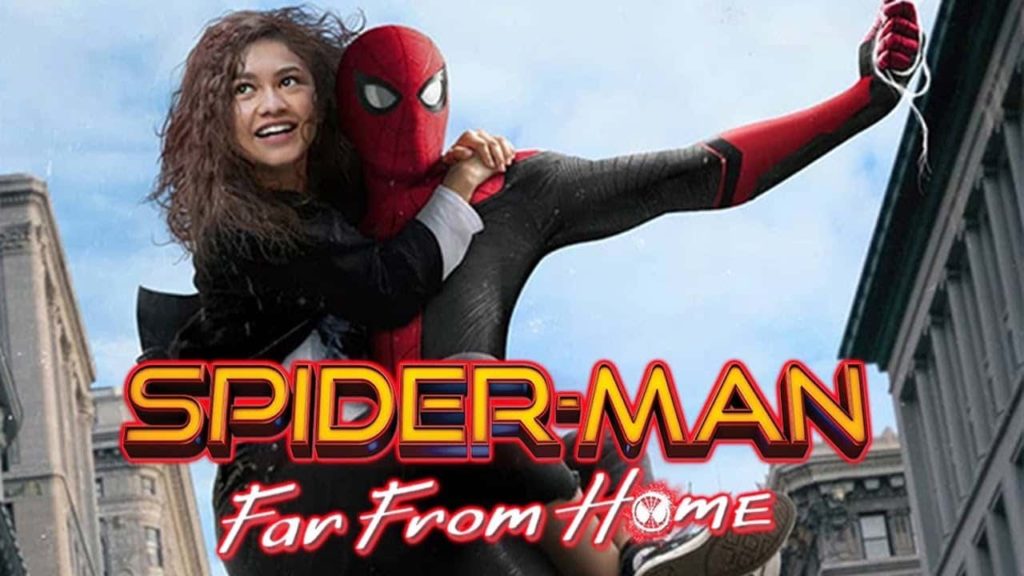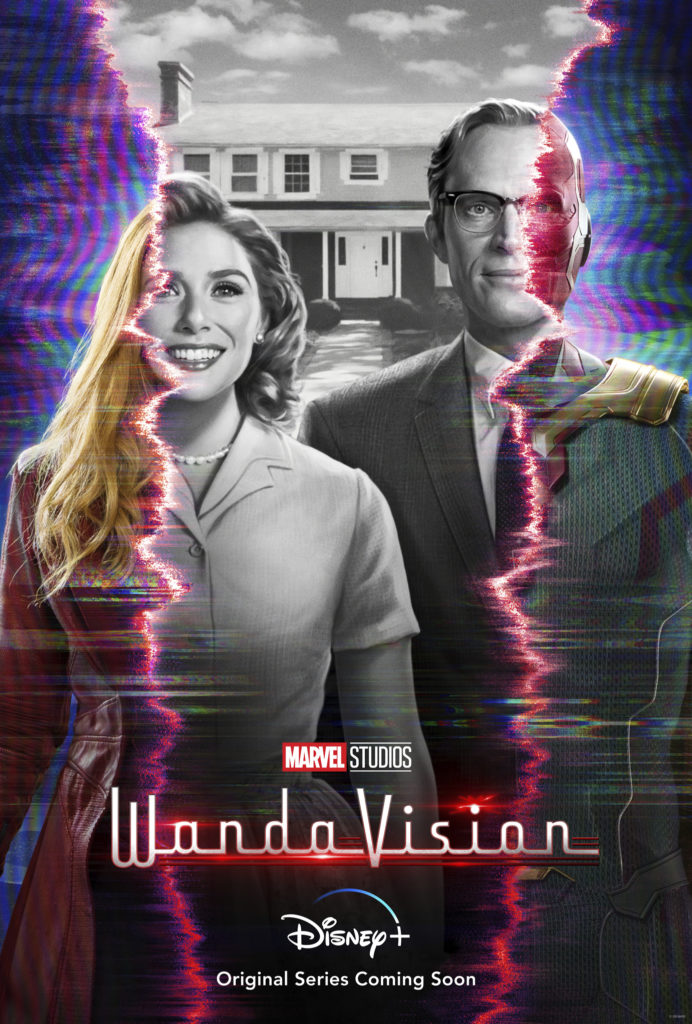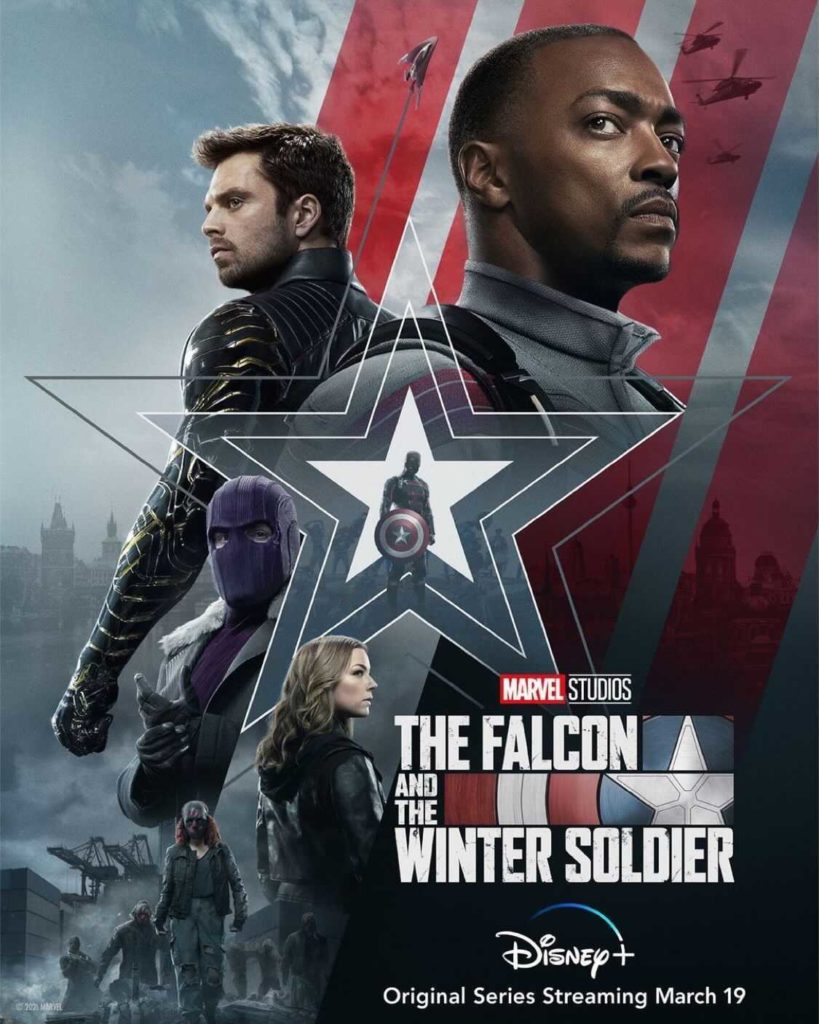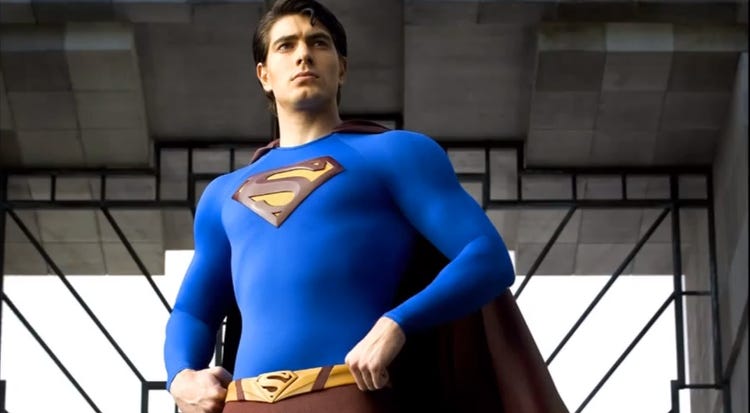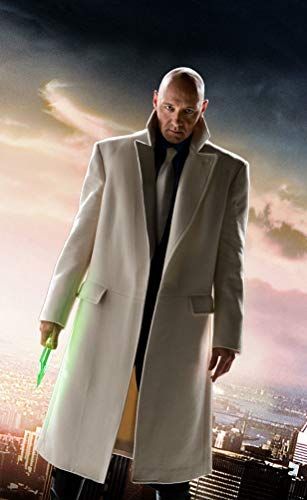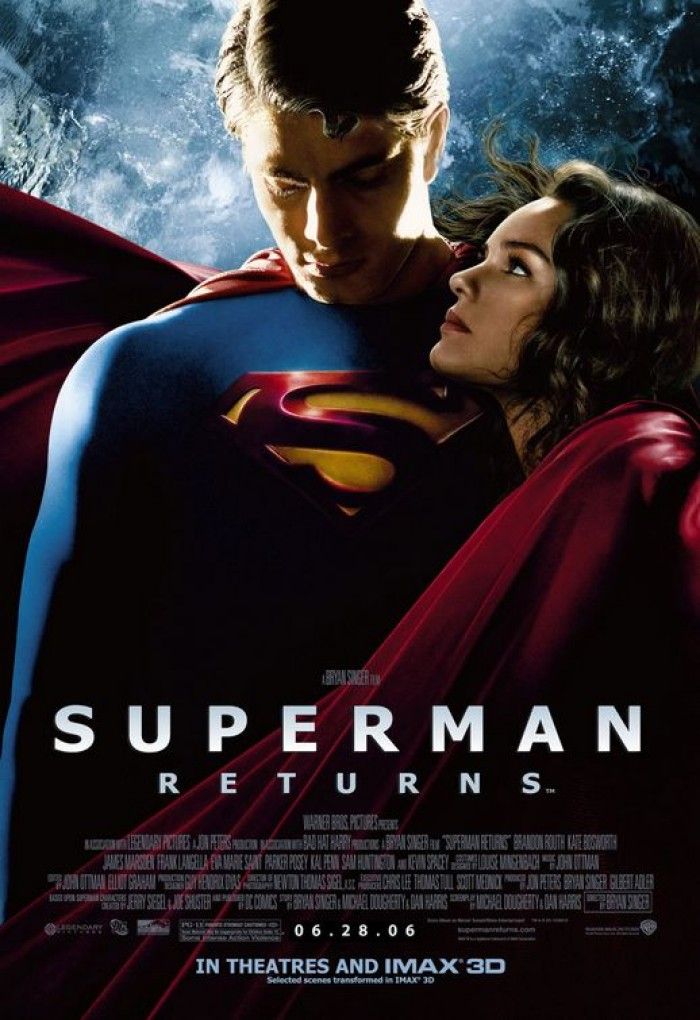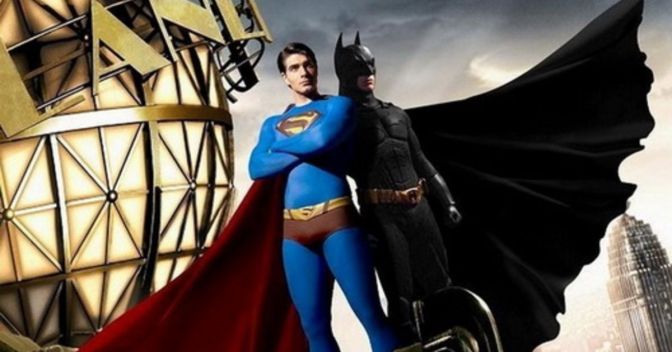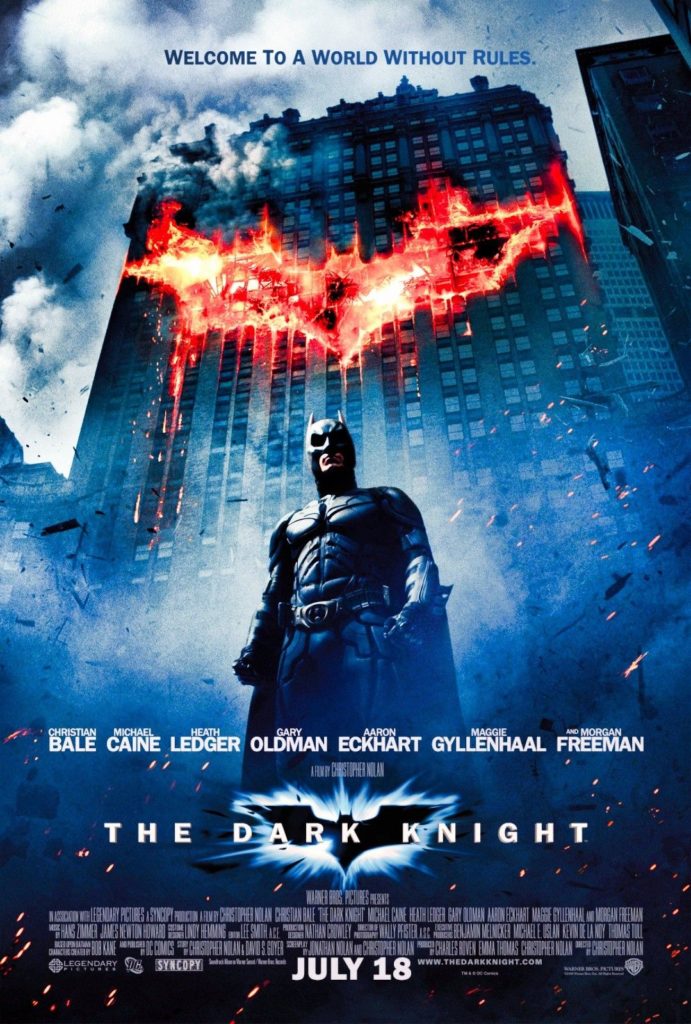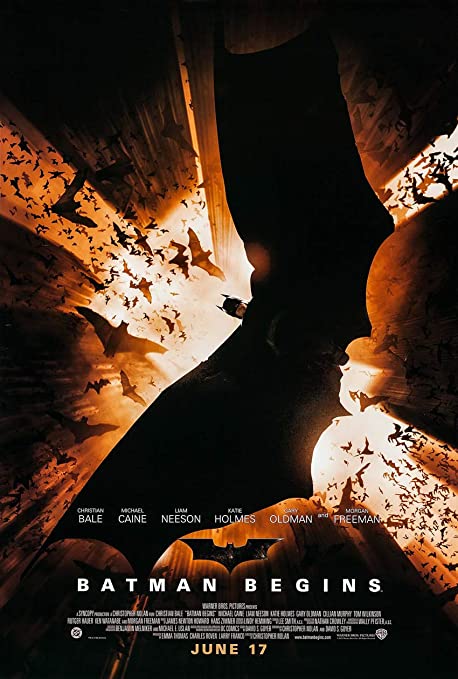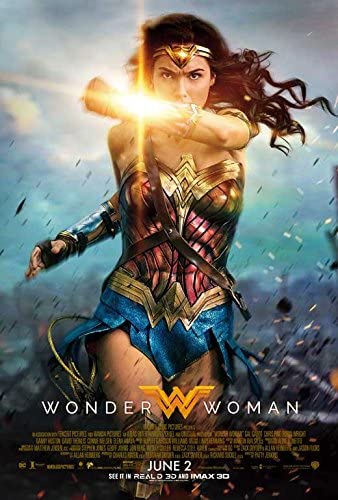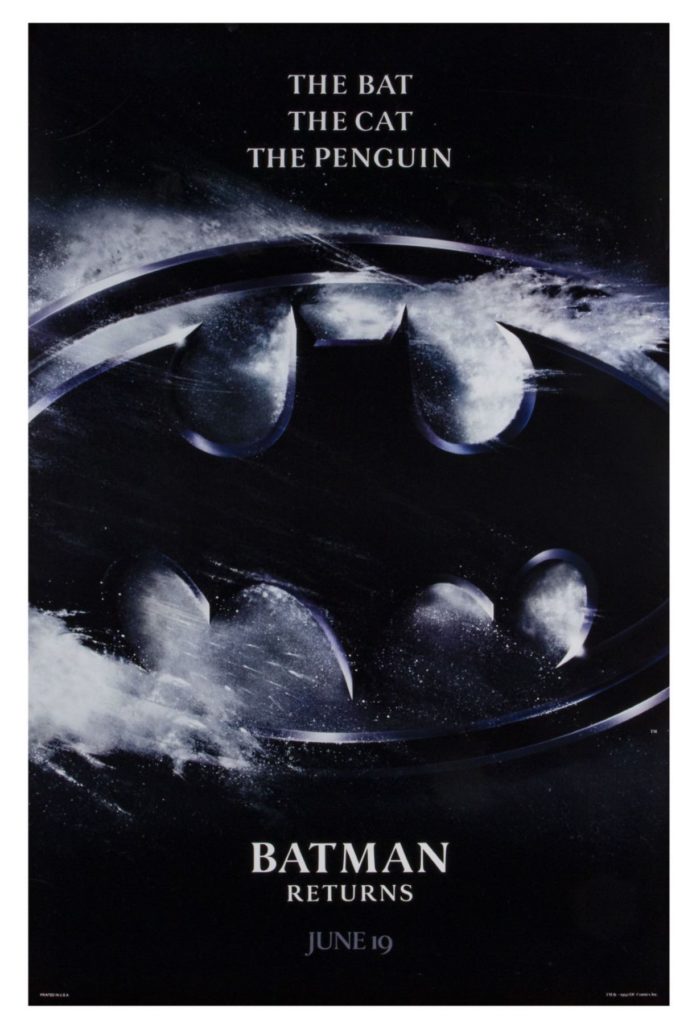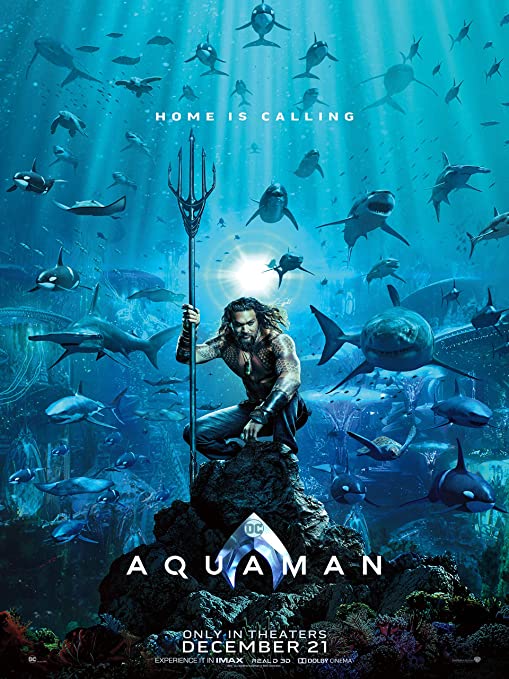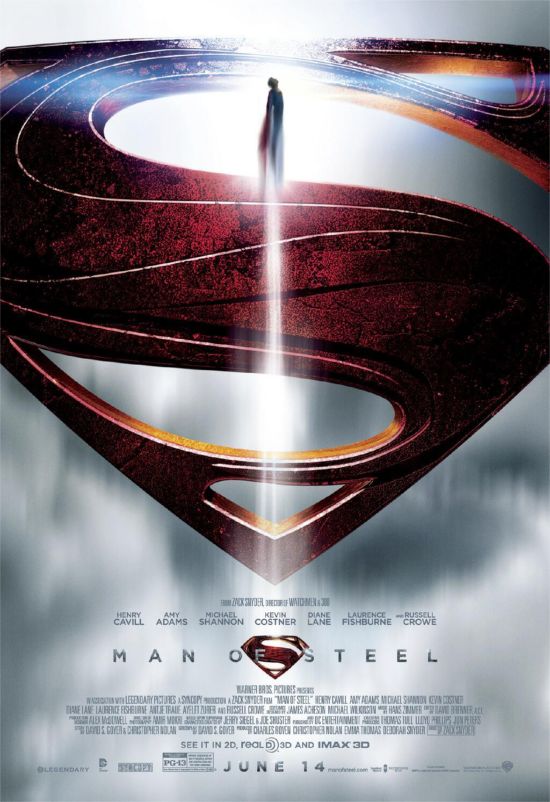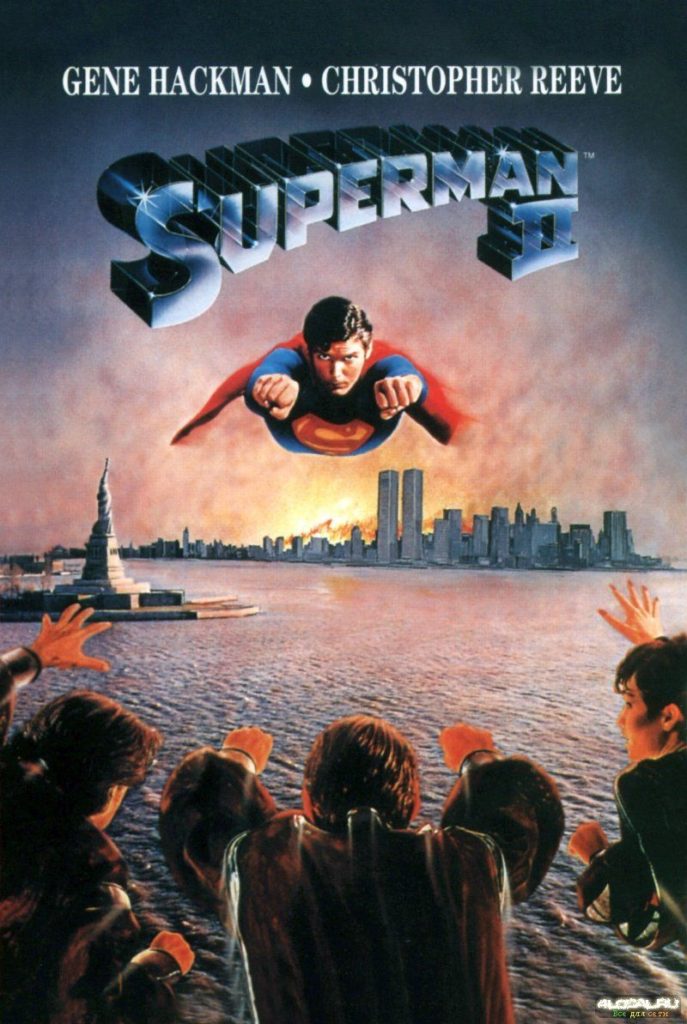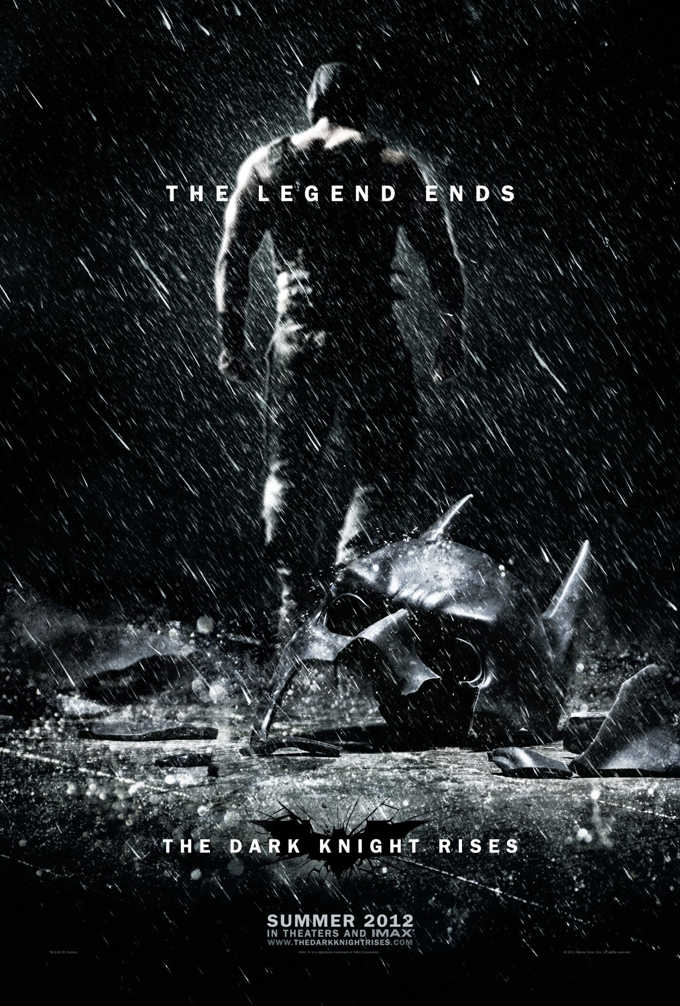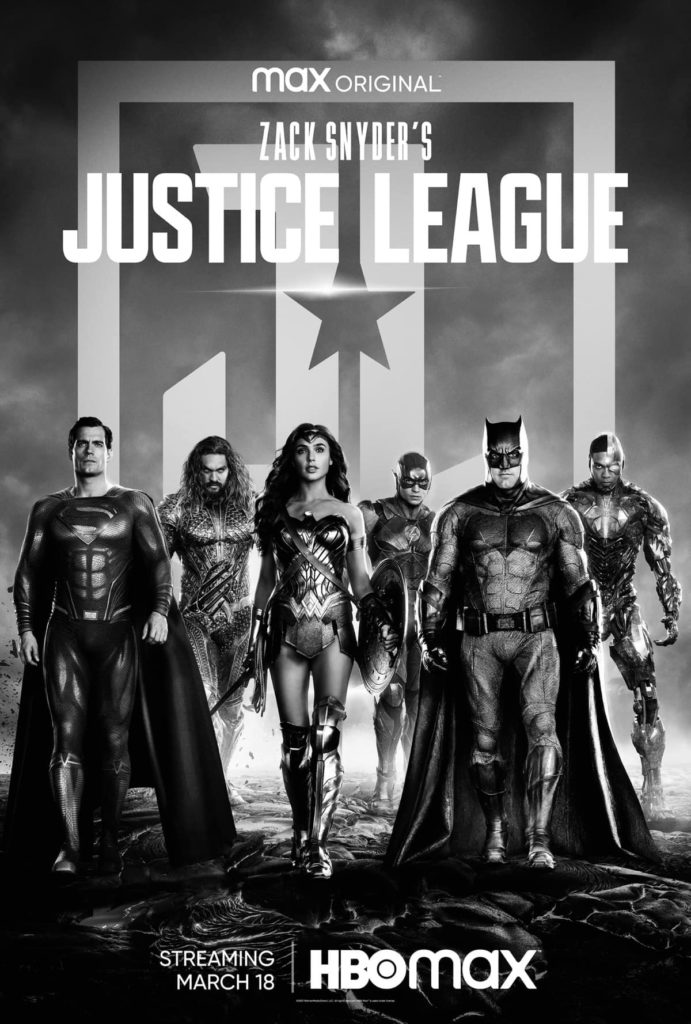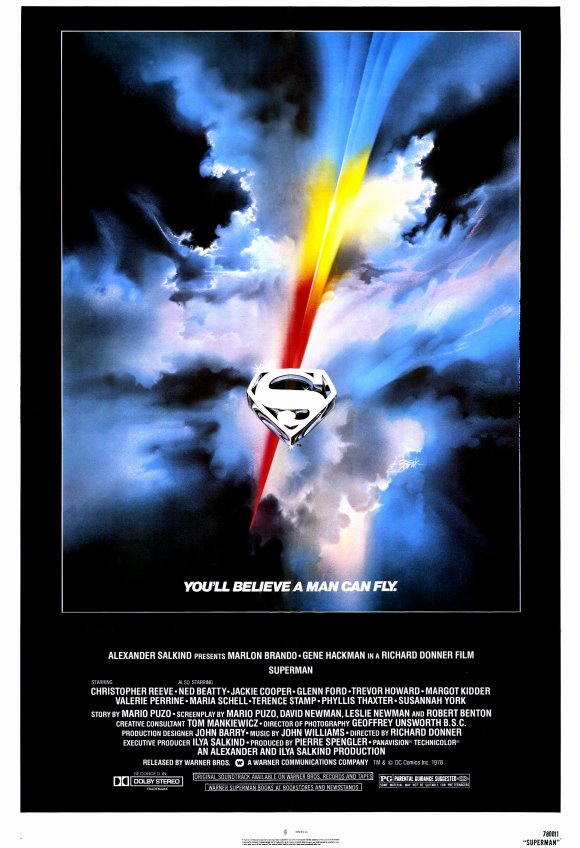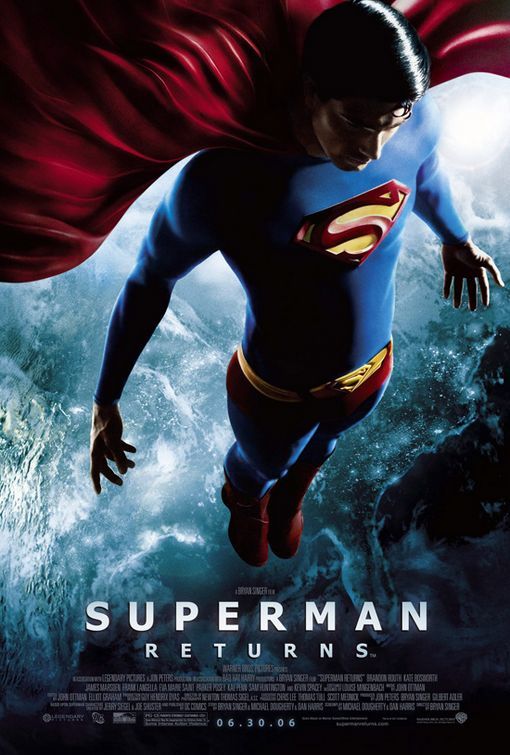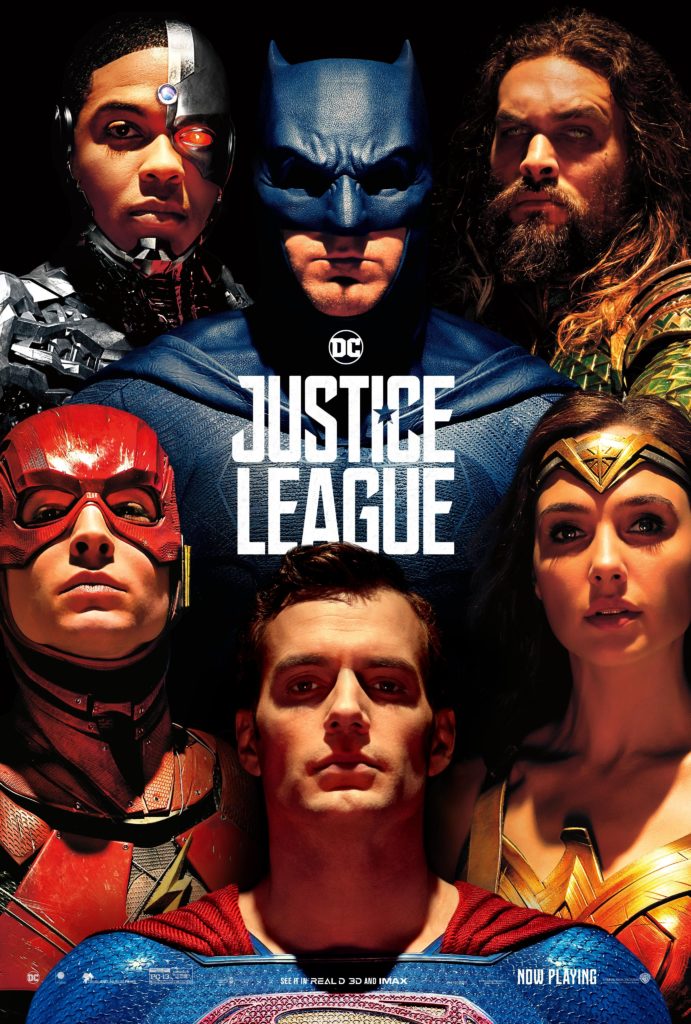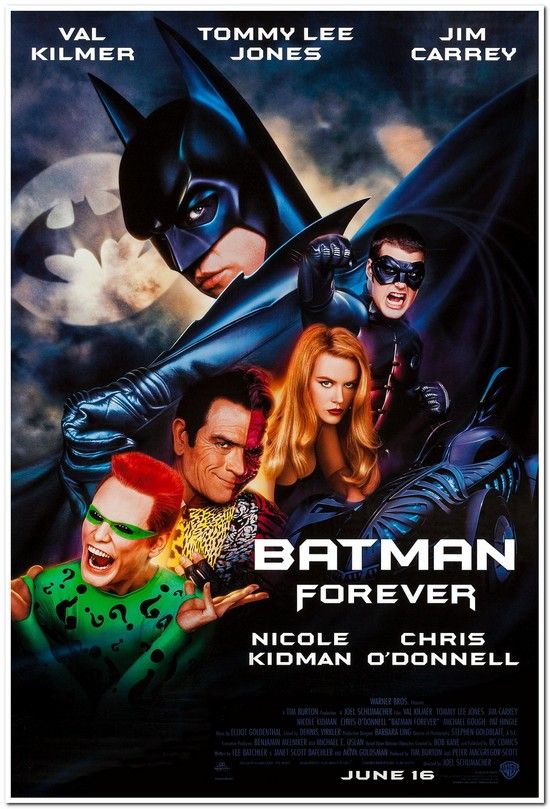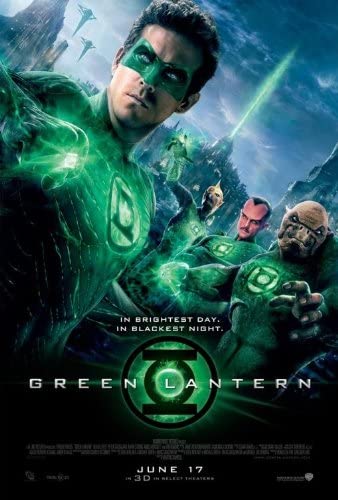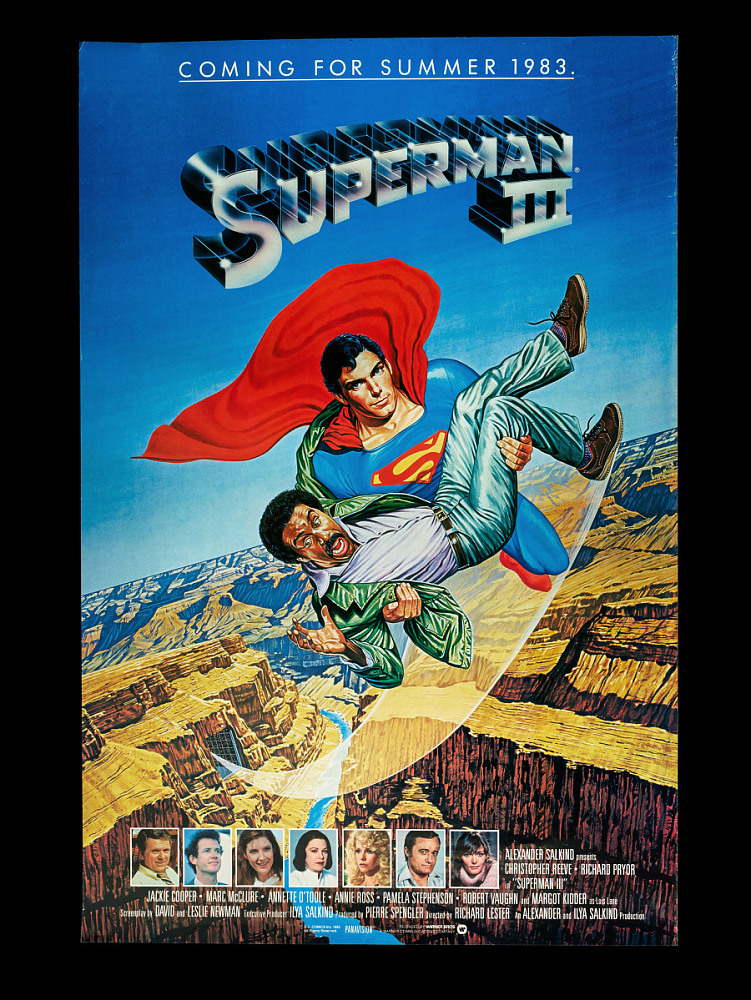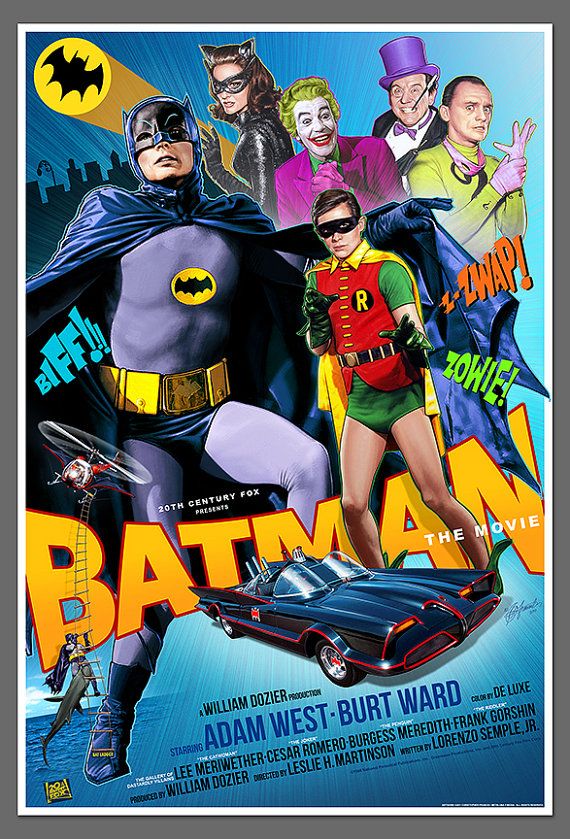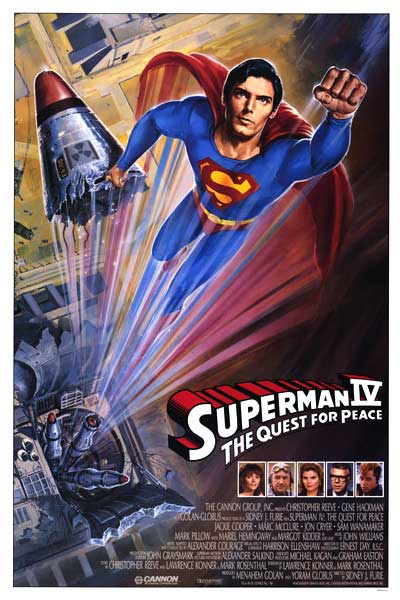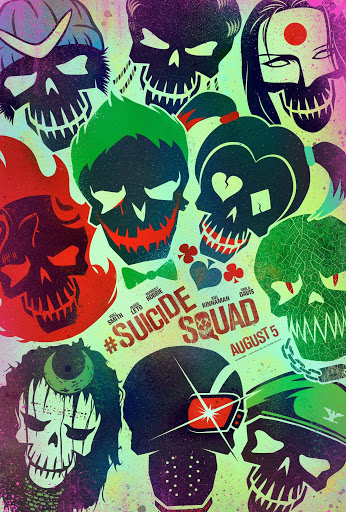NOW
I
Another dark night. Another abandoned
warehouse. Another crew of drug dealers who need to be dealt with. In some ways
it’s like a recurring nightmare, or an infinite loop that I’m caught in.
Sometimes I wish I could break free, move on
to another city, another country, another world. Someplace where I can leave
the weight of Stonebridge City far behind, no longer hoisting it up on my
shoulders until it feels like my spine is compressing. Crushing each vertebra
into powder until only dust remains beneath my flesh.
But Stonebridge City is my city. That was a decision I made long ago. My carrying of this
city is the only thing that keeps it from falling into the abyss, and crashing
at the bottom of the fathomless pit below.
That is why I find myself once again
speeding through the void of this never-ending night on a motorcycle custom-built
for silence and stealth.
Some believe me to be a ghost cloaked in
blackness, invisible as it rides amongst the other shadows. But those who
contemplate me with fear do so with good reason. The criminal element will
always fear the unknown, since those who feed on the fear of others are the
ones more likely to be devoured by their own.
And so, they anticipate that whomever, or
whatever, lurks in the ether hunts them with the same ruthless intentions that
drive their own actions. I may be out here seeking the worst of humanity, but
my reason for being out here is not these dregs.
It is the others that I am out here for. The
victims. The innocents. The people trying their best to find a glimmer of hope
and kindness in an otherwise cruel and hopeless world.
They don’t see me as a ghost, but as a
guardian angel. A warrior who is willing to fight an unending war to keep them
safe, because he is the only one who can. That’s why those people long ago
named me Archangel.
But, if these people knew exactly why I was
on this pier going to this warehouse tonight, they might call me by a different
name.
“Mr. Angel,” I’m greeted by Chaz as I enter
the warehouse. The shaking in his voice is already prevalent, though he’s
trying to hide it. “We weren’t expecting you tonight.”
“I can tell,” I say to him, looking past his
shoulder and into the office where I see who I’m looking for.
Chaz is trying to get a read on my
expression, which isn’t easy to do since only my mouth and chin are exposed
from beneath the helmet. He’s trying to look into my eyes just as hard as he’s
trying not to. But the lenses are white-tinted, so he can’t see anything other
than his own fearful reflection in them – which is exactly the point of their
design.
“What I mean is…we can explain,” Chaz
continued, now clearly rattled.
“We?” I ask, still looking through the
window to the office.
“Well,” he backtracks, “Donnie can explain.”
“Good,” I tilt my head away from the
children in the office, and at Chaz. “Because he’s going to have to.”
There are eight kids in all. The oldest
among them is no more than twelve years old, the youngest looks to be nine or
ten. Some are trying to make their best grown-up
poses as they speak, no doubt emulating the dealers who recruited them. What
they’re actually discussing is not important, so I don’t bother enhancing the
volume in my earpieces.
The younger ones aren’t even trying to
posture. They just look confused, and nervous about what they may be asked to
do once they’re trained to run the products, and the cash drops from corner to
corner. Two of them are even wearing sweaters with a picture of some cartoon
dogs from a kids’ show.
They went from watching cartoons this
morning to being coerced into the drug trade this evening. I’ll bet their
parents think each of them are playing at a different one’s house right now.
Pretend adventurers, real life drug couriers.
I take a moment to compose myself before
addressing Chaz again.
“Where’s Donnie?” I ask.
“Out on the dock, Mr. Angel, sir,” he
quickly replies.
“Is he alone?” I continue.
“No, sir. He’s got five or six of the boys
with them.”
“Packing?”
“Automatics.”
I offer no more than a grunt, before running
my thumb over the handle of one of the throwing knives in the crisscrossing
bandoliers strapped across my chest. I then nod towards the table at the center
of the room that’s littered with narcotics, and high stacks of money.
“Give each of those kids a brick of cash,
and send them home,” I tell Chaz. “And make sure they know that, if they if
they end up on the street slingin’ this shit, they’re going to have to deal
with me. You got all that?”
“Yes sir, Mr. Angel, sir!” he blurts.
“When they’re gone, come and meet us on the
dock.”
He scrambles over to the table, and starts
gathering up cash in his arms. I walk past him, through the length of the
warehouse, and emerge at the docks on the other side.
I can see the lights of the city across the
river sparkling through the clear night sky. The skyline is beautiful from
afar, but its murky reflection in the inky black water of the river presents a
more accurate likeness of Stonebridge City’s true self: Superficially beautiful
and outwardly thriving, but with a dark, beating heart beneath the black mirror
surface.
Still, that’s a damn sight better than it
was before I returned.
Chaz’ count was right, Donnie is standing at
the center of five of his most trusted soldiers. Each one has a machine gun
strapped across his chest except for the man himself. He invested in a
chrome-plated .357 revolver to serve as a badge flaunting his rank.
Of course, you can only see the pearl handle
grip, and the shining hammer sticking up from the front of his jeans. I should
have known better than to place a man who wears his authority so poorly in a
position of power.
Whatever happens here in the next three
minutes tonight is on my shoulders. But why should this be any different than
anything else in this city?
“Mr. Angel,” Donnie greets me with a
self-satisfied smile. “What brings you here tonight?”
“I heard a rumor about you involving some kids,
that couldn’t possibly be true. Not after the last conversation we had on the
topic,” I reply. “There’s no way Donnie could be that stupid, I thought. That careless. But then I dropped by to
check it out anyway, and imagine my surprise.”
I finally stop walking towards the group
when I’m no more than two feet away from the nearest gunman. It doesn’t take
more than a shift in my posture for the lackeys to all clear out the space
between myself and Donnie.
“To say nothing of the new gear for your
boys,” I make a show of looking at each machine gun. “I thought you understood
the rules, Donnie. My rules.”
“Of course I understand the rules, Mr. A,”
he offers casually, I offer a frown in-response, and he changes his tone “Mr.
Angel, I mean. But we were starting to catch some serious heat. Riley’s got the
pigs all tuned up, and looking to rock.”
“If the police are closing in on you, then
you simply need to be smarter,” I state.
“That why I brought in the youth movement,”
he says, as if he feels that was the obvious answer. “The kids transport the merchandise,
and the cash, from our buyers and clients. If they get caught, no one does any
time other than in juvie, and my crew stays intact.”
“Yes, I know how it works,” I say with a
smile that blocks my snarl. “That’s beside the point. The point is that this is
my city. We’re in agreement about
that, aren’t we?” Donnie nods. “Good. And in my city you follow my
rules. Is that equally as clear?”
“Mr. A…” the crew can see my jaw muscles
tighten, causing them each to take another step back. “Mr. Angel…”
Without another word I move in closer to
him. He doesn’t flinch, which is a bad sign for how I was hoping this would play
out.
“I’m trying to make you some money here,” he
disputes, his fingers almost subconsciously moving towards the handle of his
pistol. “I’m trying to make us all some money!”
“I run
the entire drug trade in this city. You work
for the man who runs the entire drug trade in this city. Do you think we’re
hurting for money?” I growl.
“Man, there’s always more money to make,” Donnie
argues.
“We make as much money as my rules allow us
to,” I tell him.
“And what about my boys getting busted?” he
asks, his fingers twitching around his waistband.
“If you, or your boys, are incapable of
doing this job the right way, then you need to find another line of work,” I
explain.
He starts to talk again before I cut him
off: “But you don’t need to worry about getting arrested anymore, Donnie. See,
I gave you a choice last time you tried to bring kids into my business. Leave
town, or follow my rules. You chose the latter, and I gave you a second chance.
I don’t do third chances.”
“You sayin’ there’s no choice this time?” Donnie
says with as much swagger as he can muster.
“There’s always a choice,” I correct him.
“But there are different options this time. Option one: You walk down to the
nearest precinct, turn yourself in, offer a full confession, and do your time.”
“What’s option two?” he asks, now opening
and closing his hand over the .357.
“You don’t want to choose option two,” I
tell him straight.
“I ain’t going back to jail, Mr. A,” he
says, making a show of not correcting himself this time.
“This isn’t a negotiation, Donnie,” I offer
him one last out. “Take the walk, do the time. It’s the only time you’re going
to get tonight.”
His breathing has picked up, and his eyes
are bulging slightly. He’s scared, but still thinks he has a chance. I wish he
was smarter than this, but I’m not surprised that he isn’t.
The throwing knife is out of my hand before
he even fully pulls the cannon out of his waistband. I spin it with enough
velocity to punch deep through his eye socket, and into his brain.
He’s falling backwards even as he fires his
round so far off the mark that I don’t even need to shift my stance to avoid
it.
I take note of the gunmen on either side of
me. None of them have moved, so I guess they’re all wiser than Donnie. From the
corner of my eye I see Chaz standing next to the last goon in line.
“Guns on the ground,” I say, without moving.
Each man in-turn lifts the strap over his
head, and places the heavy artillery on the ground.
“Chaz,” I say, turning towards him. “What
are my rules?”
“No victims, no violence,” he recites
automatically.
“And using children as couriers?” I ask.
“Makes them victims,” Chaz says.
“And carrying machine guns?”
“Invites violence, and risks creating more
victims.”
“Congratulations, Chaz,” I say, walking
closer to him. “You’re now the boss of this crew.”
“Thank you Mr. Angel, I promise I won’t let
you down!”
“Gentlemen,” I say to the rest of the crew as
I walk over to Donnie’s body.
The back of his head is lifted off the
pavement as I pull at the knife blade. Once the blade is fully removed, his
head drops again with a thud. I make a show of wiping the blood off the blade,
and onto Donnie’s clothes, making sure the others notice.
“Take
care of this,” I nod towards Donnie’s
body, and then gesture for Chaz to follow me back towards the warehouse as the
others move in on Donnie. “Donnie’s only family was his mother, right?”
“Yes, sir,” he says. “She’s an invalid,
can’t really support herself.”
“Bring her half of Donnie’s share every
month,” I tell him. “Keep the other half for yourself. Consider it a raise to
go along with your promotion.”
“That’s too generous, sir,” Chaz says.
“That’s just business,” I reply, as my
stealth cycle is now in-sight.
“Mr. Angel, what do I tell Donnie’s mom if
she asks about him?”
“Tell her the truth,” I say, mounting the
bike. “The heat got to him, so he had to go. Anything else?”
“No, sir. I can take it from here.”
“Good. Once Donnie is recycled, tell the
crew to take the rest of the night off.”
With that, I ride silently back into the
city, for it cannot survive without its dark, beating heart.
Besides, I’ve still got a busy night ahead
of me.
FIVE
YEARS AGO
I
Off to a
pretty damn good start, if I may say so myself.
Good
thing too, I’d hate to think I’d wasted half my life training for this, only to
blow it right out of the gate. Thus far, that has not been a problem.
After
getting back to Stonebridge City a few weeks ago, I was able to find my way
back to that decommissioned subway station I’d stumbled upon before I’d left.
Jesus,
was that really a dozen years ago? I can’t tell if it feels like a lot more, or
a lot less. I suppose it really feels more like returning to a world that I’d
left that now feels both alien, and familiar.
Familiar
in that everything is the same as when I left. Every street turns into the same
corner, and every person moves with the same casual cautiousness that comes
with knowing you’re not exactly safe but believing that – since you understand
the fear – you can protect yourself from the looming danger.
Yet it’s
alien in that I feel like I’m viewing this city with different eyes. All that
time I spent with South American paramilitary groups, bleeding edge weapons
designers in Europe, and that ninja clan in Japan provided me with new filters
through which to see the world.
Looking
out at Stonebridge City now, I can see dangerous situations unfurl before they
even begin. I can tell the difference between the predators and the prey just
by the way they carry themselves. I understand what movements are coming, and
which counter-moves I’ll need to make in order to resolve the situation before
the first strike is even attempted.
Although,
that last belief needed to be tested before I would truly buy-in. I got my
first opportunity on Saturday night. It was as good a night as any, since people
were out and about late at night, while the wolves in the shadows waited for
the calves to wander from the herd.
I moved
with the flow of humanity from rooftop- to-rooftop. The architecture in this
city was constructed with many building in such close proximity so they could
squeeze every last drop of real estate from it. As such, a simple leap is
usually enough to cover the space between roofs over a majority of downtown,
and midtown.
I found
more uses for the grapnel hook gun when I got uptown. Small enough to fit in a
holster on my right thigh, but loaded with a tightly coiled, high tension wire
that could carry more than twice my weight if the need should arise.
The
firing mechanism is designed to be silent, but can easily launch the hook
across the width of any of Stonebridge’s main avenues, and embed itself into a
brick building on the other side.
Admittedly,
I was nervous to try it in the field for the first time, but I knew I had to be
able to trust my gear as much as I trust my own skills if I’m going to survive
in this life long enough to make a difference.
That
being said, it was still exhilarating to swing across those canyons of the
city. I imagine the sensation I felt was much the same as a Post-Human feels
when first taking flight.
But I
quickly moved past that thrill, because I didn’t come back here seeking
thrills. I came back here to help people, and to bring justice to those who’ve
escaped it. I came back here to save lives. To save this city.
The dark
streets below, lightly traversed, made this feel like the place to start. I
always remembered hearing horror stories about the careless souls who wandered
uptown, walked down the wrong street, and were devoured by the night.
So, I
knelt on the ledge, switched the lenses in my helmet to night vision, and
adjusted the levels in my earpieces to minimize ambient noise and maximize
human voices.
I pick
up bits and pieces from conversations happening on the top four floors of the
building. Couples arguing about bills, and drunks blabbering about how the
world screwed them over are the loudest, and the first that I hear.
I also
hear the laughter between friends or family members enjoying the evening
together. They’re sharing stories, and memories, and stories that they try to
pass off as memories since the truth has been lost to the past.
But this
is not what I’m listening for tonight. I adjust the balance levels further with
the touchpad controls under the gauntlet on my left forearm.
There’s
a different quality, a different vibration that comes from a voice echoing off
the walls of the alleys below. These are what I’m listening for. The people in
the labyrinth below who are unexpectedly nearing the Minotaur in the center of
it.
“Leave
her alone!” echoes from below.
“Naw,
we’re gonna show her what it’s like to have real men givin’ it to her.”
I can
hear the impact of the butt of a pistol cracked on the back of a head. And then
a woman’s screams.
I’m
across the rooftop, and making a few quick configuration changes to my grapnel
gun in a heartbeat. I hook it onto the inside of the ledge, click it into place
on the harness at my belt buckle, and then rappel down the side of the
building.
The
descent feels like a freefall, but I never lose control of it. The two
attackers are standing over another man, who’s curled up in a fetal position.
The girl is trapped with a ten-foot-high fence behind her, and two thugs standing
between her and the entrance to the alley.
I touch
down on the ground silently, and release the harness. The men haven’t seen me
yet, but the girl has. She looks past them, between them, and views me with a
mixture of uncertainty, hope, and fear.
“That’s
alright, mama,” one of the men says leeringly. “You don’t have to look at us,
as long as you feel us.”
“Feel
this,” I say, now within arm’s reach of them.
“Who the
f…” the one with the gun turns toward me enough for me to grab, and twist his
wrist; wrenching the pistol from his grip.
While
his mouth is still open in mid-scream, I crack him across the cheekbone with a
pistol whip. He drops to his knees from that blow, giving me room to swing a
forward roundhouse kick over his head, blasting his partner’s nose into five pieces
with it.
Both are
bleeding on the ground, but not yet unconscious. That’s easily corrected with a
pair of quick elbows into the base of their skulls. I break out a pair of
zip-ties from a pouch on my left thigh, and bind their hands behind their
backs.
The
girl’s kneeling beside the beaten man and asking him if he’s alright, while I
fasten myself once again to the grapnel gun.
“Who are
you?” she asks me from the ground. “Are you one of them? A superhero?”
“I’m just someone who wants to help. Call 9-1-1 and find a safe place nearby to wait for the police to arrive,” I say, before triggering the recoil, and ascending back to the rooftop.
Download your copy of Archangel’s Descent for Kindle today!
